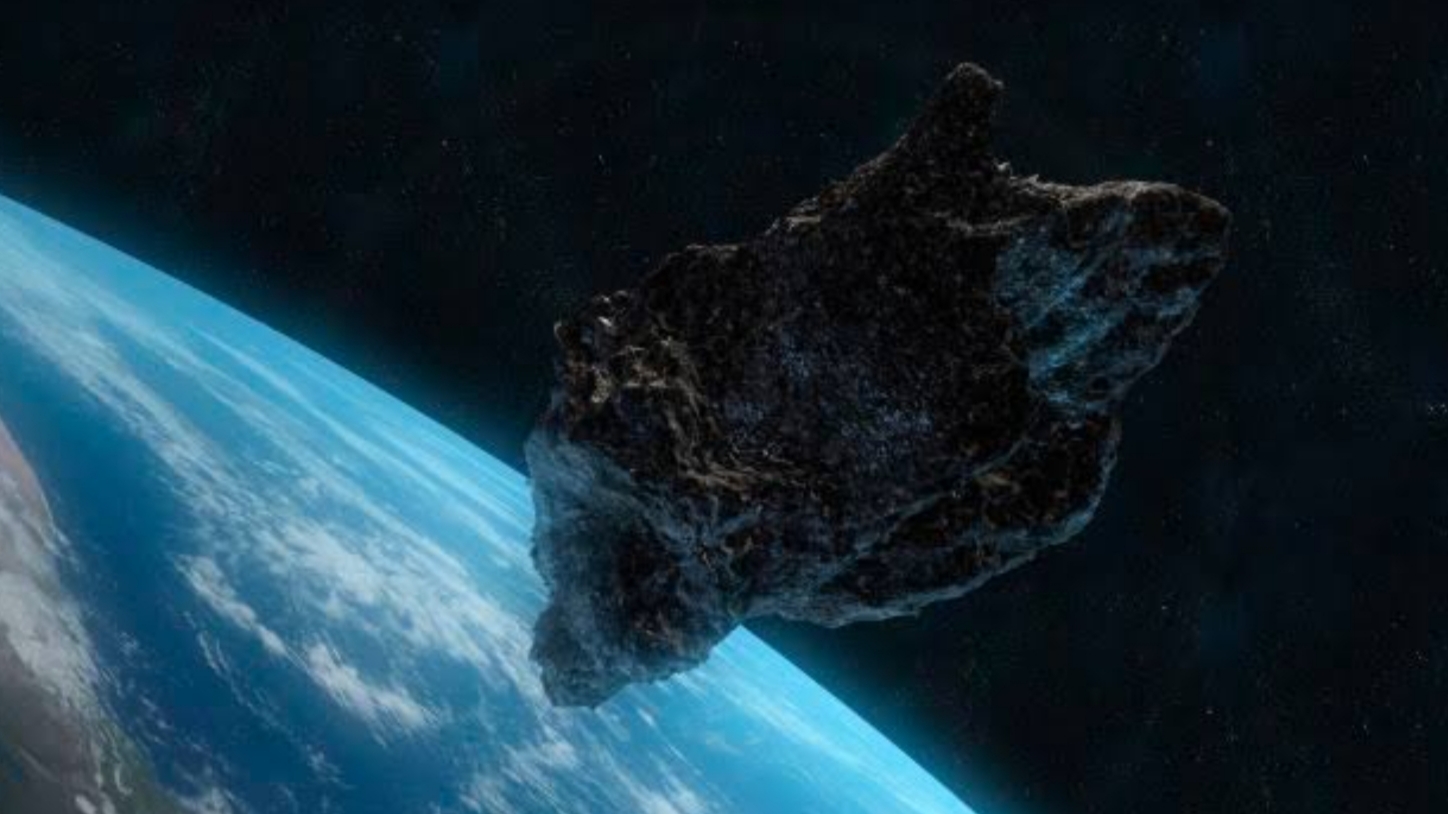On July 30, 2025, asteroid 2025 OL1, roughly 110 feet in diameter—comparable to a small aircraft—will make a close but safe flyby of Earth. Traveling at about 16,900 miles per hour (~27,200 km/hr), it’s projected to pass at a distance of approximately 1.29 million kilometres—well outside geosynchronous orbit, but still considered a near‑Earth approach. NASA and ISRO have confirmed that the asteroid poses no threat .
Despite the brisk velocity and closer proximity than most space rocks, agencies stress this is a routine event, part of ongoing planetary monitoring efforts. This passage serves as a reminder of how NASA’s Center for Near Earth Object Studies (CNEOS) and its Indian counterpart are working together on vigilance and preparedness—key components of modern planetary defense .
Asteroid 2025 OL1 belongs to a family of Near‑Earth Objects (NEOs), small rocky remnants that occasionally pass within a few million kilometres. While most are harmless, their unpredictable orbits and the potential for future threats keep agencies alert.
This week, OL1 is accompanied in the sky by other spacecraft‑tracked asteroids: 2025 OU1 (about 140 ft wide, passing ~1.66 million km on July 26), 2025 ME92 (~95 ft wide, passing ~3.19 million km on July 31), and 2025 OW (~210 ft wide, passing ~393,000 miles, just outside lunar orbit on July 28). None meet NASA’s criteria for “potentially hazardous” — neither close enough (<7.4 million km) nor large enough (>85 meters) .
Both NASA and ISRO emphasize continuous tracking via ground and space telescopes. While no deflection is needed for OL1, these flybys calibrate the agencies’ detection systems and orbital models. The event reinforces the need for coordinated international efforts and improved early‑warning sensors (e.g. the planned NEO Surveyor telescope, due ~2028) to identify smaller but potentially dangerous objects earlier .
Public communication remains important: NASA reassures the public that “routine” does not mean “irrelevant,” and stress that any significant risk would be publicly disclosed immediately. ISRO chairs have echoed similar sentiments, reaffirming India’s role in global planetary defense collaboration .
In sum, the flyby of 2025 OL1 is a poster moment for modern asteroid vigilance: dramatic in headline but measured in risk—and a clear signal that joint monitoring and preparedness are central to safeguarding our planet.

